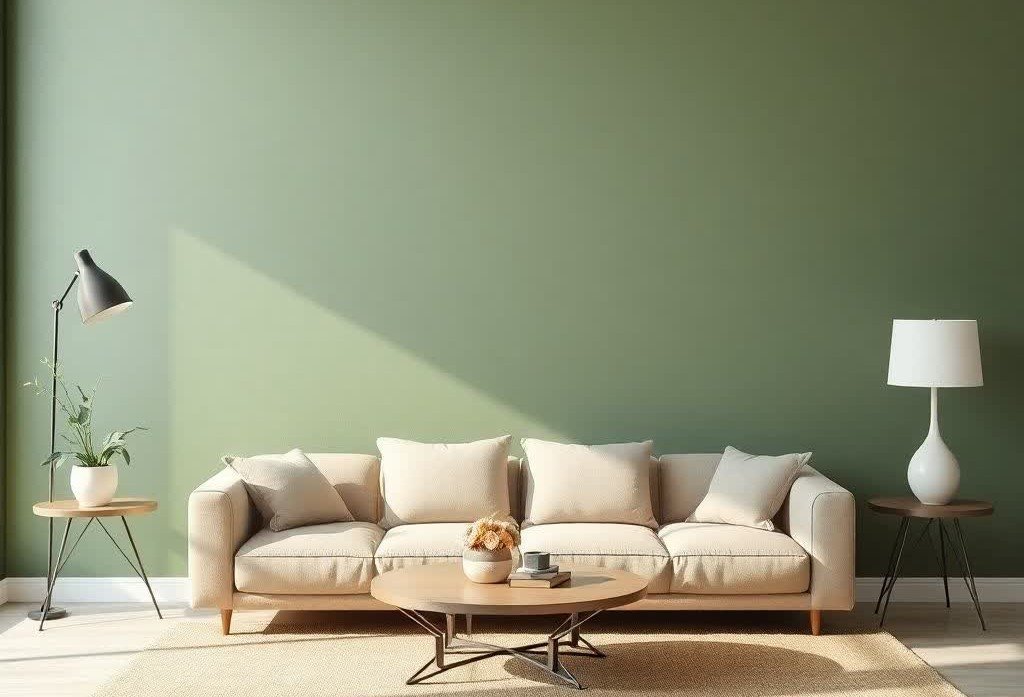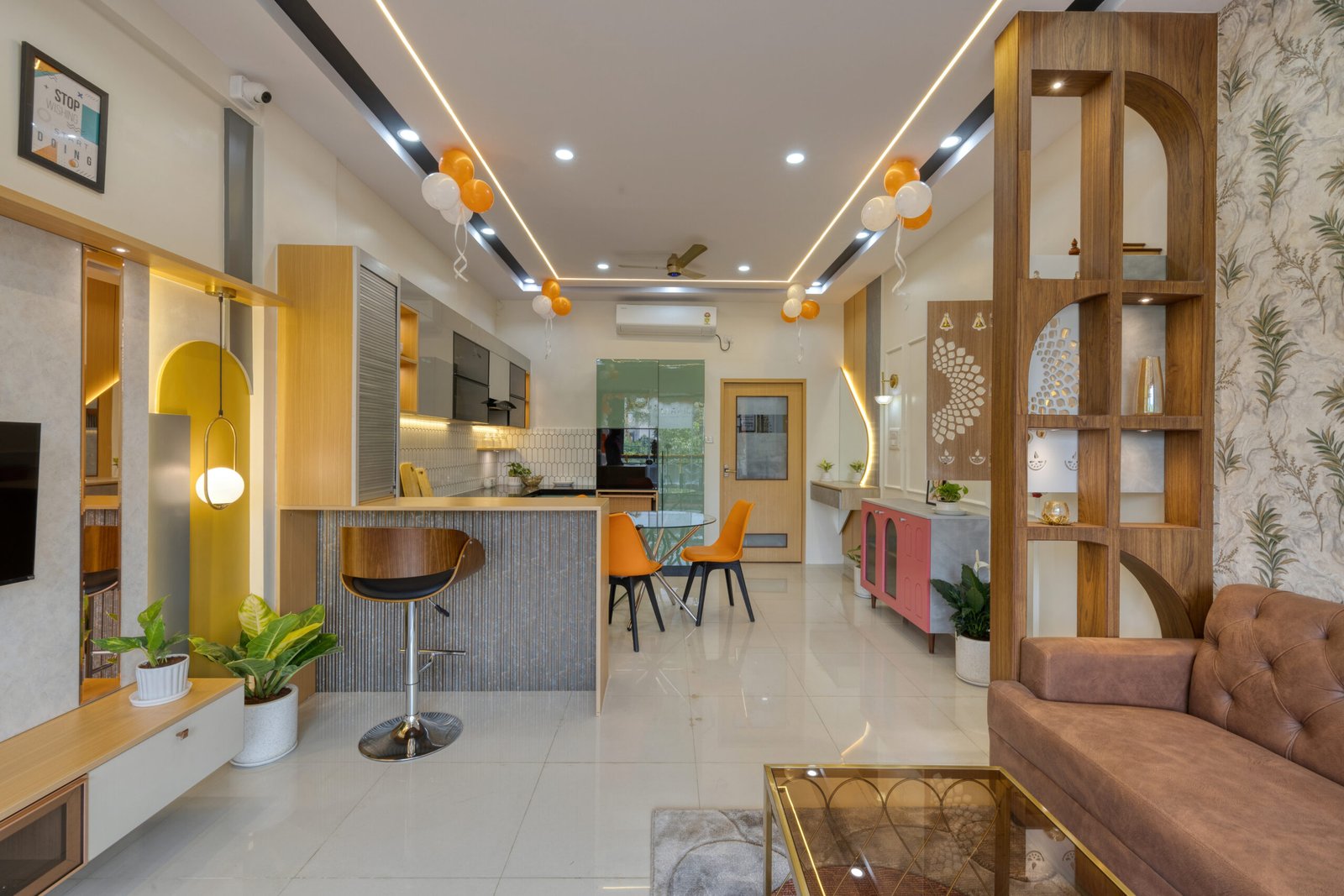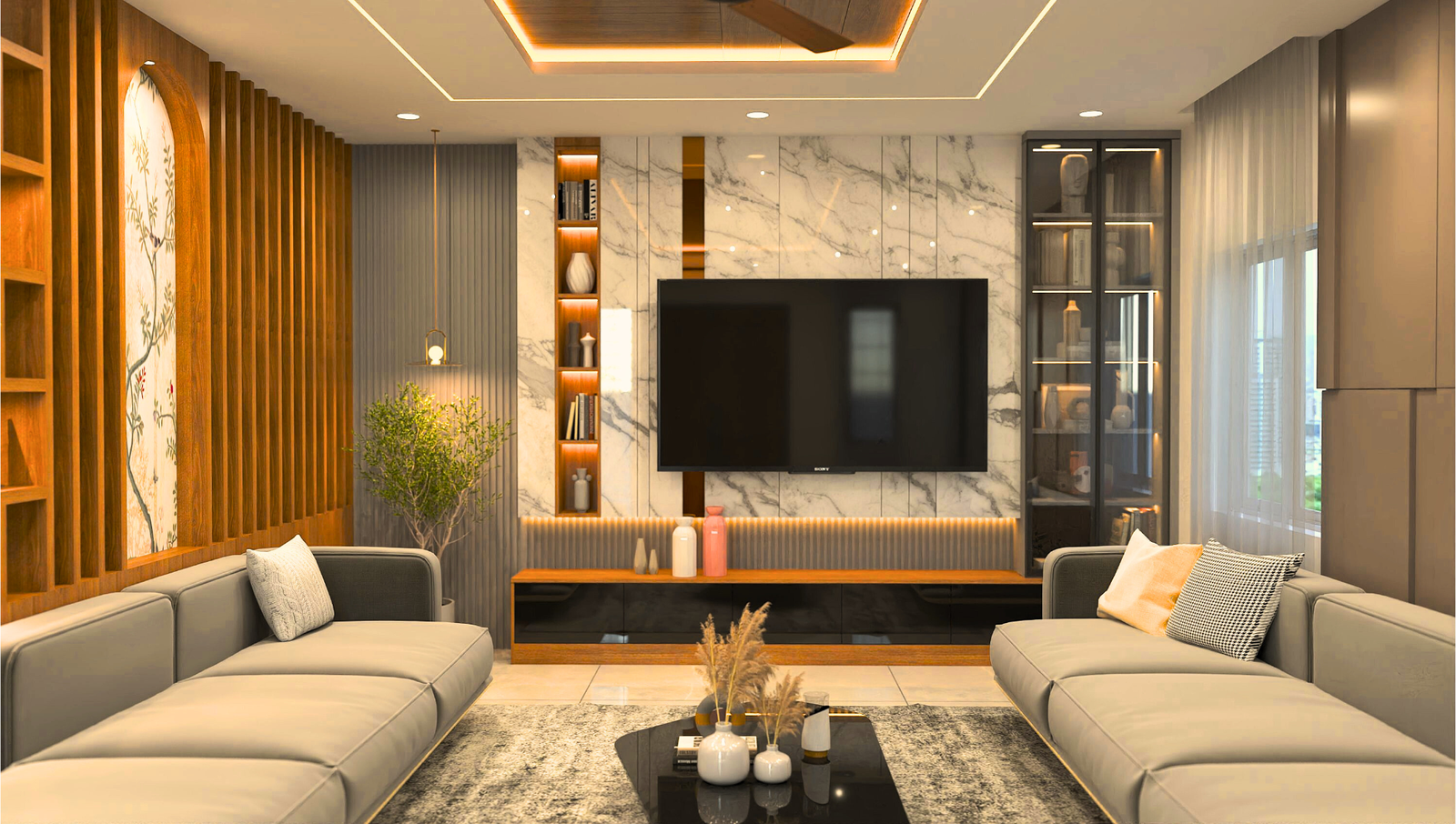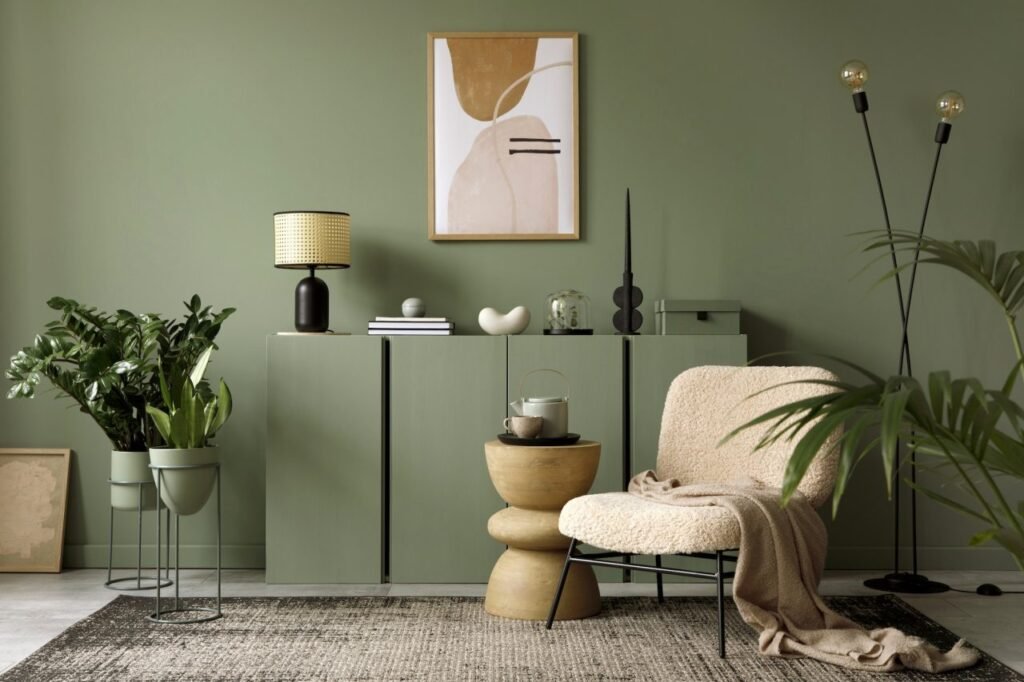
Why interior design is important for your home?
- PUBLISHED BY : Staadil
- PUBLISHED ON : April 22 2024
- PUBLISHED IN : Interior design blogs
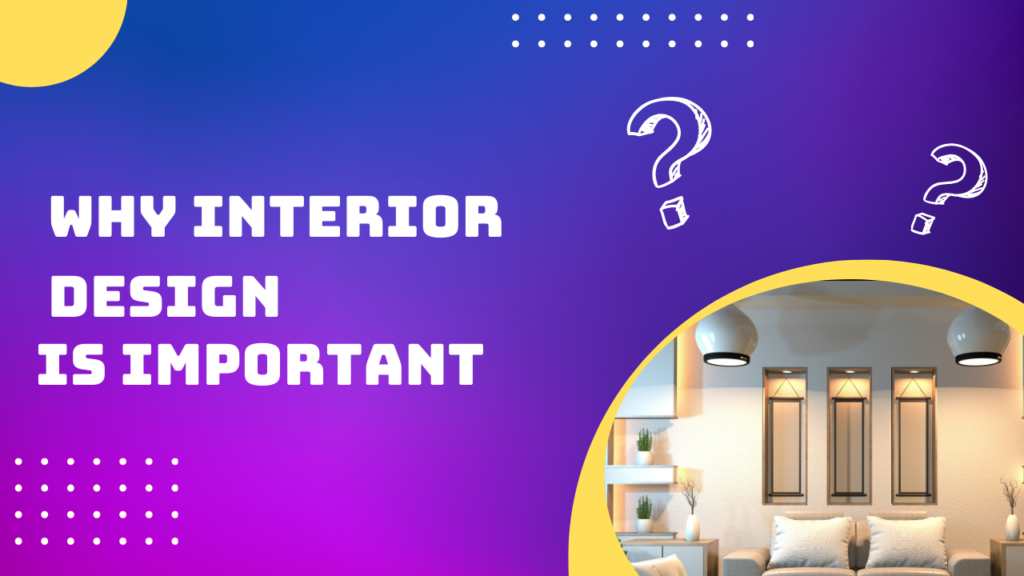
Introduction
Why Interior design is important for your home is a waste of time! definitely not. it’s a critical element of our everyday lives that impacts our emotions, productivity, and overall well-being. Whether it’s your home, office, or any other space, interior design can transform an ordinary setting into an extraordinary experience. This blog post delves into the significance of interior design, highlighting its benefits and the unique value it brings to various aspects of our lives.
Enhancing Functionality
At its core, interior design is about optimizing spaces to make them more functional. Good design ensures that every square foot is utilized effectively. Also In homes, this could mean creating multipurpose rooms that cater to different needs, such as a guest room that doubles as an office. In commercial spaces, efficient design can improve workflow, making it easier for employees to move and work efficiently.
Boosting Aesthetics
Aesthetics play a crucial role in how we perceive and enjoy our environments. But Well-designed interiors are visually pleasing and can evoke positive emotions. The right combination of colors, textures, and furnishings can transform a bland room into a vibrant space that reflects your personality and style. Moreover, aesthetically pleasing environments can enhance our mood and mental health, providing a sense of comfort and happiness. As much as
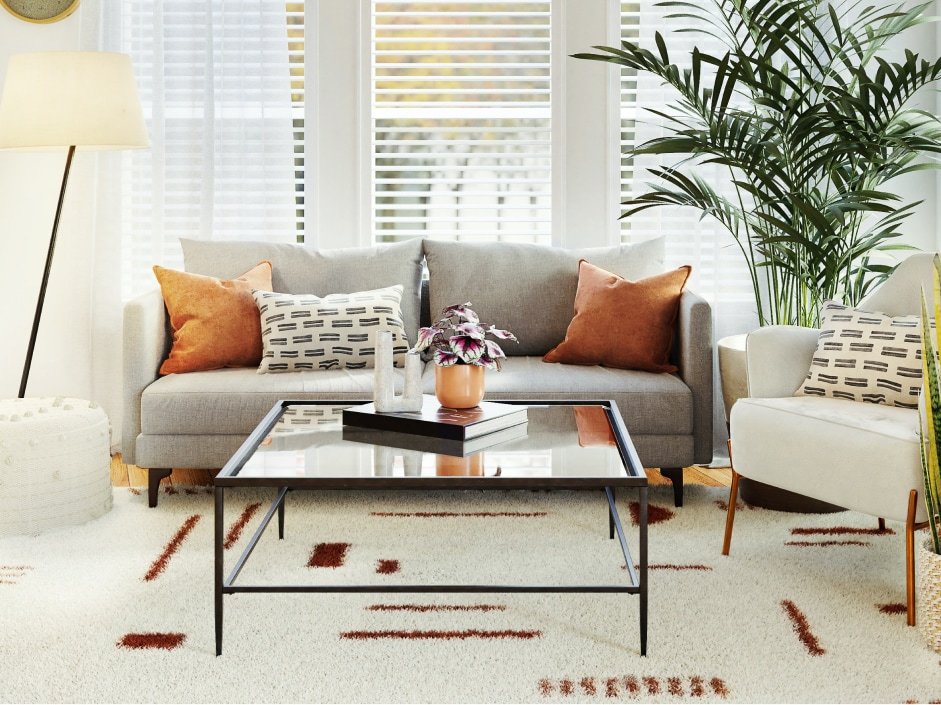
Improving Mental Health
Interior design significantly influences our mental health. Although Studies have shown that environments with natural light, plants, and certain color schemes can reduce stress and anxiety levels because. A well-designed space promotes relaxation and can help create a peaceful atmosphere, which is essential for mental well-being. By carefully selecting design elements, such as soothing colors and comfortable furniture, you can create a sanctuary that supports your mental health as a result
Enhancing Productivity
The design of a workspace can have a profound impact on productivity. Factors like lighting, layout, and ergonomics play a vital role in how effectively we work. Bright, well-lit spaces with comfortable furniture and minimal distractions can improve focus and efficiency. In contrast, poorly designed spaces can lead to discomfort and decreased productivity. Therefore, investing in good interior design is essential for fostering a productive work environment. For the most part
.
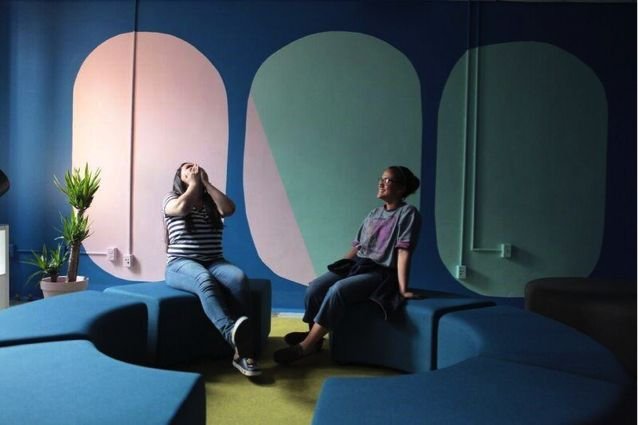
Reflecting Personal Style
Interior design allows you to express your personal style and taste. It’s a way to create a space that feels uniquely yours. Whether you prefer a minimalist aesthetic, a rustic charm, or a modern look, still interior design enables you to bring your vision to life not only but also Personalized spaces not only look good but also feel good, providing a sense of ownership and satisfaction as well as.
Increasing Property Value
First thing to remember Well-designed interiors can significantly increase the value of a property. Potential buyers are often willing to pay more for a home that’s beautifully designed and move-in ready. Key design features such as updated kitchens, modern bathrooms, and stylish living areas can make a property more attractive and competitive in the market. Thus, investing in interior design can yield substantial financial returns overall .
Promoting Sustainability
Sustainable interior design is becoming increasingly important as we strive to reduce our environmental impact. This involves using eco-friendly materials, energy-efficient appliances, and sustainable practices correspondingly. By incorporating sustainability into your interior design, you can create a healthier living environment and contribute to the preservation of our planet. Sustainable designs are not only good for the environment but also tend to be more cost-effective in the long run as shown above.

Benefits of Interior Design
Enhances Aesthetics
A well-designed interior can significantly enhance the visual appeal of your home. It combines colors, textures, and materials to create a cohesive look that’s both attractive and inviting.
Improves Functionality
Effective interior design optimizes space usage, making your home more functional. This includes thoughtful furniture placement, efficient storage solutions, and practical layouts that cater to your daily routines.
Reflects Personal Style
Your home should be a reflection of who you are. Interior design allows you to express your personality and preferences through your living space, making it uniquely yours.
Conclusion
At first Interior design is a multifaceted discipline that enhances functionality, aesthetics, mental health, productivity, personal style, property value, and sustainability. It’s an essential aspect of creating spaces that are not only beautiful but also functional and supportive of our well-being. By investing in thoughtful and intentional design, you can transform any space into a place of comfort, inspiration, and value.
Frequently Asked Questions

Interior design affects mental health by creating environments that promote relaxation and reduce stress. Elements like natural light, calming colors, and comfortable furnishings contribute to a peaceful atmosphere.
.
Cost-effective ways to improve interior design include repainting walls, rearranging furniture, adding plants, and incorporating DIY decor. These small changes can make a significant impact without breaking the bank.
Yes, well-designed interiors can increase the value of your home by making it more appealing to potential buyers. Key features like modern kitchens and updated bathrooms are particularly attractive.
Lighting is crucial in interior design as it affects the mood and functionality of a space. Proper lighting enhances visibility, creates ambiance, and highlights architectural features.
You can make your interior design more sustainable by using eco-friendly materials, incorporating energy-efficient appliances, and choosing sustainable practices like recycling and upcycling furniture.


